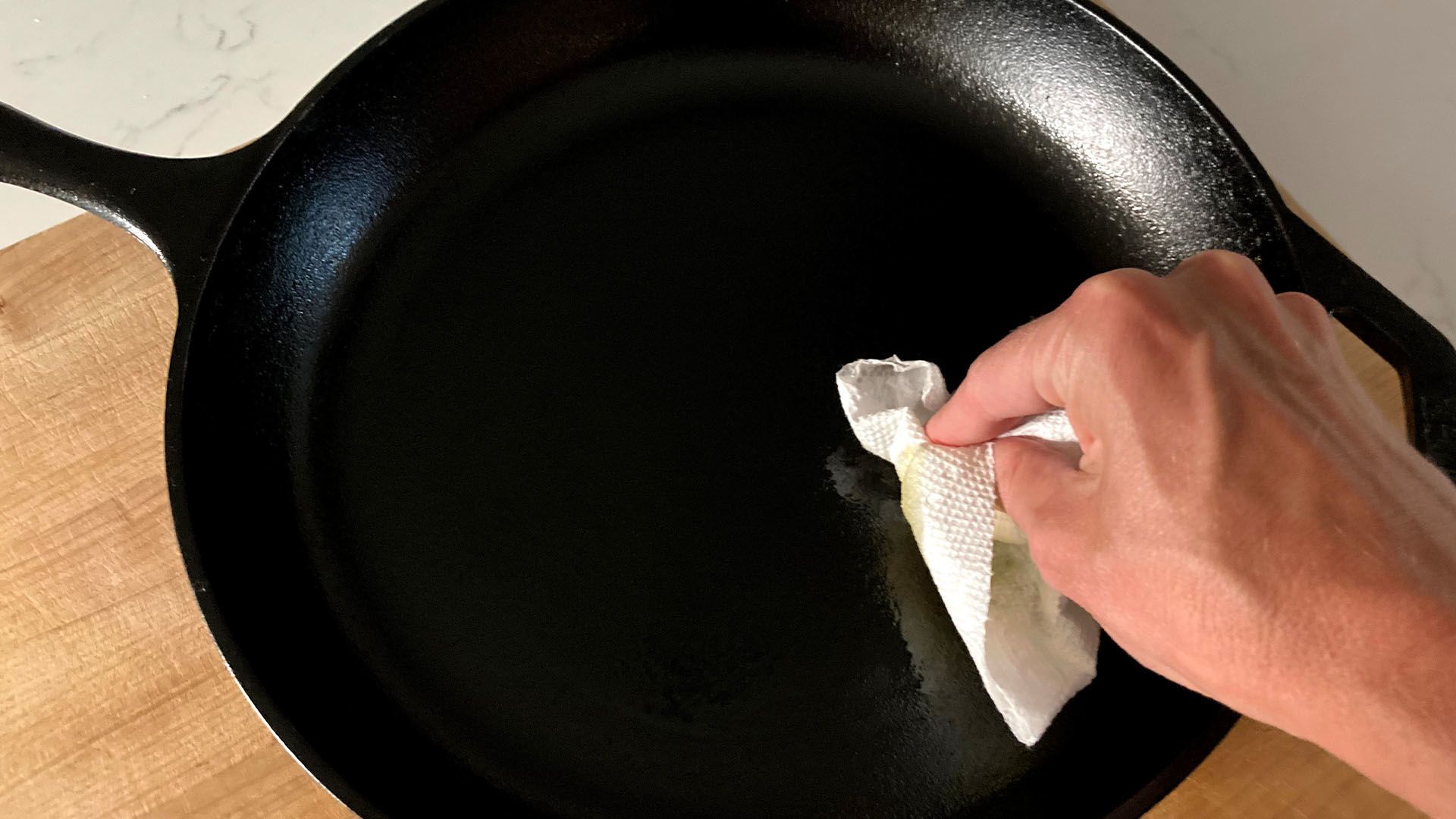The kitchen is the heart of any home, and for kitchen professionals, understanding the differences between a frying pan and a skillet can help make cooking a more delightful experience. With various options available in the market, it’s easy to get confused about which one to use. In this article, we will unravel the tremendous differences and uncover the similarities between these two essential kitchen tools.

What is a Frying Pan?
A frying pan is a flat-bottomed pan used for frying, searing, and browning foods. It usually has slightly curved sides and a long handle. Frying pans are generally made from materials such as stainless steel, aluminum, copper, or non-stick surfaces. They are versatile and can be used for a variety of cooking tasks.
Features of a Frying Pan
- Flat bottom for even cooking
- Curved sides to prevent food from spilling
- Long handle for easy maneuvering
- Available in different materials

What is a Skillet?
The term skillet is often used interchangeably with frying pan. However, there are some differences. A skillet typically has straight sides and is made from cast iron. Skillets are known for their excellent heat retention and even cooking. They are ideal for cooking at high temperatures and can be used on the stovetop as well as in the oven.
Features of a Skillet
- Straight sides
- Heavyweight, often made of cast iron
- Excellent heat retention
- Versatility in cooking methods

Primary Differences Between Frying Pan and Skillet
While both frying pans and skillets are indispensable in the kitchen, they serve different purposes:
- Material: Frying pans are often made from lighter materials like aluminum or stainless steel, while skillets are usually made from cast iron.
- Shape: Frying pans have curved sides, and skillets have straight sides.
- Weight: Skillets are heavier due to the cast iron, while frying pans are lighter and easier to handle.
When to Use a Frying Pan
A frying pan is perfect for delicate foods that require gentle cooking. It’s ideal for:
- Sauting vegetables
- Cooking eggs
- Making pancakes
- Pan-frying fish
When to Use a Skillet
A skillet is better suited for tasks that require high heat and longer cooking times. It’s great for:
- Searing steaks
- Baking cornbread
- Making frittatas
- Braising meats
How to Season a Skillet
Seasoning a cast iron skillet is crucial for maintaining its non-stick surface and preventing rust. Here is a simple guide:
- Clean the skillet thoroughly.
- Apply a thin layer of vegetable oil.
- Heat the skillet in the oven.
- Let it cool before storing.
For more details, you can visit this Seasoning Skillet guide.
Maintaining Your Frying Pan
Proper maintenance of your frying pan ensures its longevity. Here are some tips:
- Hand wash with mild soap
- Avoid using metal utensils
- Store it properly to avoid scratches
For more information on cleaning, check this Cleaning Cast Iron guide.
The Versatility of Both Tools
Both frying pans and skillets are versatile tools that can enhance any culinary experience. Whether you’re a beginner or a professional chef, having both in your kitchen is a tremendous advantage.
Explore more about different uses from this Cast Iron Skillet guide.
Conclusion
Understanding the differences and similarities between a frying pan and a skillet can help you make informed decisions in the kitchen. Each has its unique features and uses, making them both essential in any kitchen professional’s arsenal.
Frequently Asked Questions
Is a skillet the same as a frying pan?
No, while they are used interchangeably, a skillet usually has straight sides and is made from cast iron, while a frying pan has curved sides and is made from lighter materials.
Can I use a frying pan for baking?
Yes, you can use a frying pan for baking, especially if it is oven-safe. However, a skillet is usually better suited for oven use.
How do I clean a cast iron skillet?
Clean a cast iron skillet by hand, avoiding soap and using a scrub brush or salt for tough spots. Season it regularly to maintain its surface. Check more details in this Cleaning Guide.
As an Amazon Associate, I earn from qualifying purchases.
